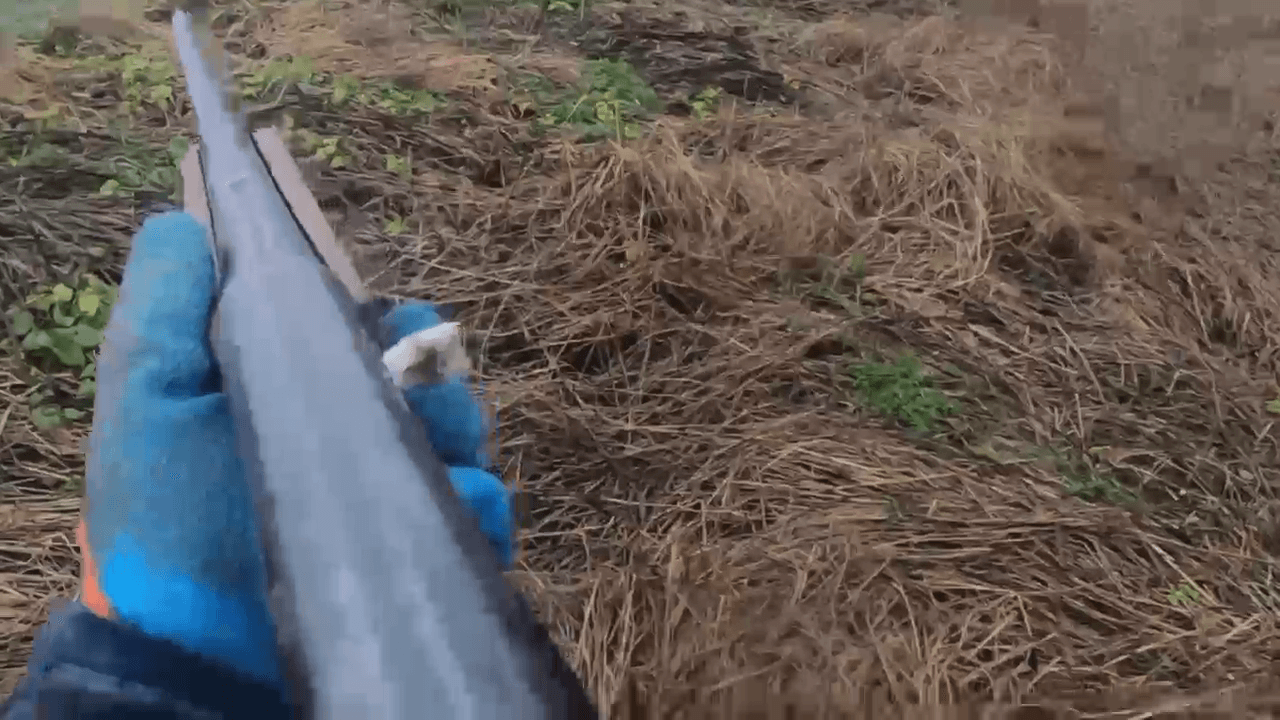
О чём стоит задуматься, чтобы ваша охота была интересной и безопасной: Охотничьи аксессуары - Лазерный дальномер Описание: Инструмент для определения точного расстояния до цели. Модель: Leupold RX-1600i TBR Магазин: leupold.com Преимущества: Быстрое и точное измерение расстояния даже в сложных погодных условиях. Прочный корпус и компактный размер делают его удобным для переноски. #laser_rangefinder #leupold # hunting
Post: 22 October 03:57





